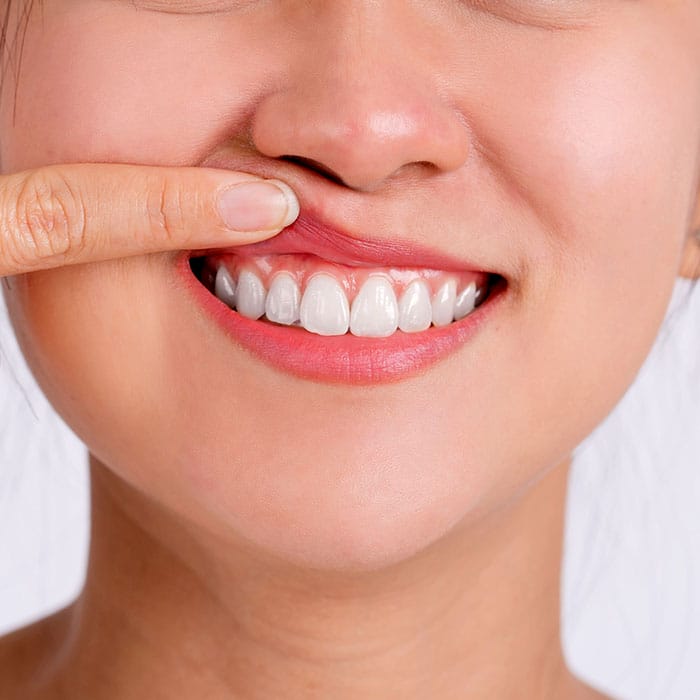SOME OF US remember the soreness and discomfort of our incoming adult molars, not to mention how hard it was to chew. It’s the same for teething toddlers, but there’s a lot parents can do to help them through this phase.

Teething Symptoms
Beginning around six months, babies might start showing symptoms like excessive drooling, reduced willingness to breastfeed, rejecting food they used to like, difficulty sleeping, or general irritability. They might start biting, chewing, and sucking on everything they can reach or avoid it as much as they can. They love eating their hands and feet. (An important note that fever, runny nose, and diarrhea are not teething symptoms but could indicate a virus.)
Helping Soothe the Discomfort
Continuing breastfeeding can reduce teething pain. Teething toys, which help the teeth cut through the gums faster while also soothing discomfort. Avoid teething toys containing PVC, BPA, or phthalates, however, as these chemicals could be harmful if ingested. If the toy is full of gel, make sure it’s sturdy enough that a child won’t be able to reach the gooey center. Toys that can be chilled in the fridge and have clips to fasten to clothing are a good idea. If your pediatrician approves, ibuprofen can help provide some temporary relief.
Top image used under CC0 Public Domain license. Image cropped and modified from original.
The content on this blog is not intended to be a substitute for professional medical advice, diagnosis, or treatment. Always seek the advice of qualified health providers with questions you may have regarding medical conditions.







